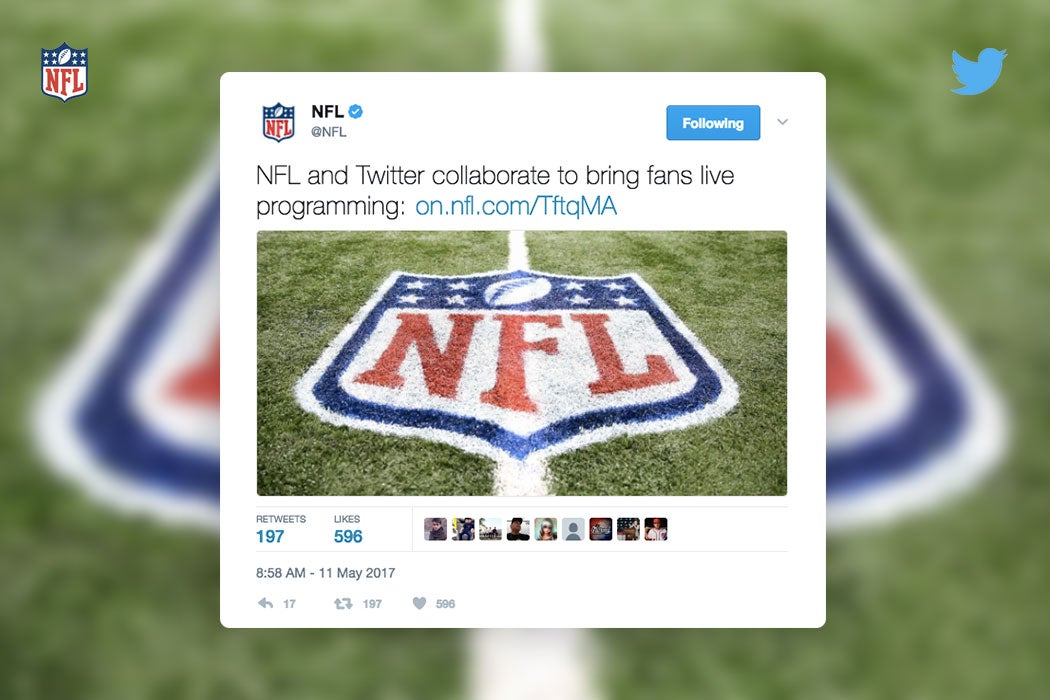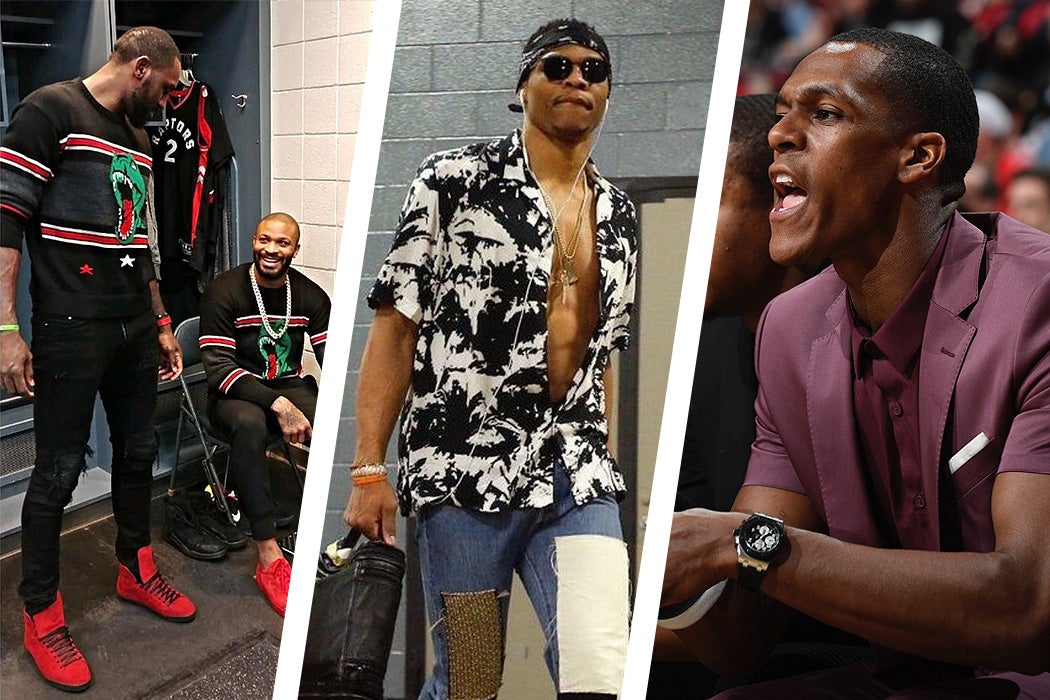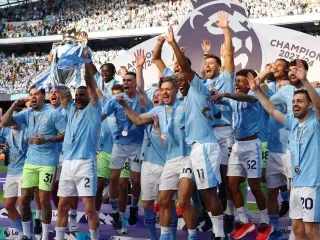It’s easy to lose sight of what’s really happening on a football field. Our eyes — and the TV cameras — tend to focus on whoever’s got the ball, but sometimes the most important player is the one further away. You know — the one getting in the best possible position to receive a pass and score a touchdown.
That’s the best way to understand the news about the multi-year deal Twitter signed with the NFL on Thursday. Despite some of the headlines — “Twitter’s NFL show is a consolation for losing games to Amazon,” said Engadget — it’s not really about the future of the social media service. It’s about the future of live sports and the fans who love being a part of them.
If you missed it, here’s the instant replay: “Twitter will broadcast a live 30-minute show five days a week during the NFL season, live pregame coverage on both Twitter and Periscope during the season, and officially licensed video content year-round,” CBS Sports reported.
Yes, Twitter has been struggling for several years now to regain the popularity it lost to Facebook, then Snapchat, then just about every other social service (to the point where it rebranded itself as a news service in the app stores). But franchises like the NFL have a potentially even bigger problem: fan’s lives are more exciting than most of the games.
Whereas watching football might have been a good reason for (mostly) guys to get together once or twice a week, they now have many other ways to entertain themselves other than sitting around a TV set. They have their phones, their tablets and other devices to enjoy all kinds of content on-demand that didn’t exist a few years.
Plus, unlike social media services that are “global” from the moment they launch, American football is still highly localized. It’s not necessarily as easy to grow beyond the U.S. border as, say, soccer, which is an obsession well outside the European Union. This is the same reason the NHL spent so much money staging the World Cup of Hockey last year. Sports franchises need to find new ways for fans to connect, and more fans, period.
You could actually compare what’s happening in sports with the evolution of retail. Merchants have realized they need to be a lot more active with e-commerce options, social media conversations and e-mail promotions rather than hope something happens when someone physically walks into a store. Even if a football game gets high ratings, it’s a limited marketing and sales opportunity compared to being in touch with fans while they’re enjoying some adventure travel or going out to a hot restaurant. All those behind-the-scenes details and other moments that will be part of the Twitter NFL show represent a lot more potential time fans could directly experience — and interact with — a football team.
Whether guys will be interested in watching, retweeting or contributing to the color commentary is still an unknown. If the NFL’s tactic works, experiencing the “before” and “after” moments in football will become a new habit. If not, there may not be too many other Hail Mary passes left to make.

















